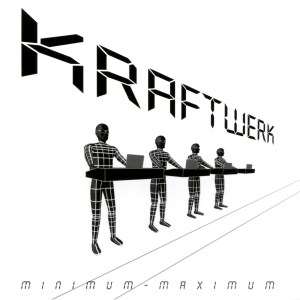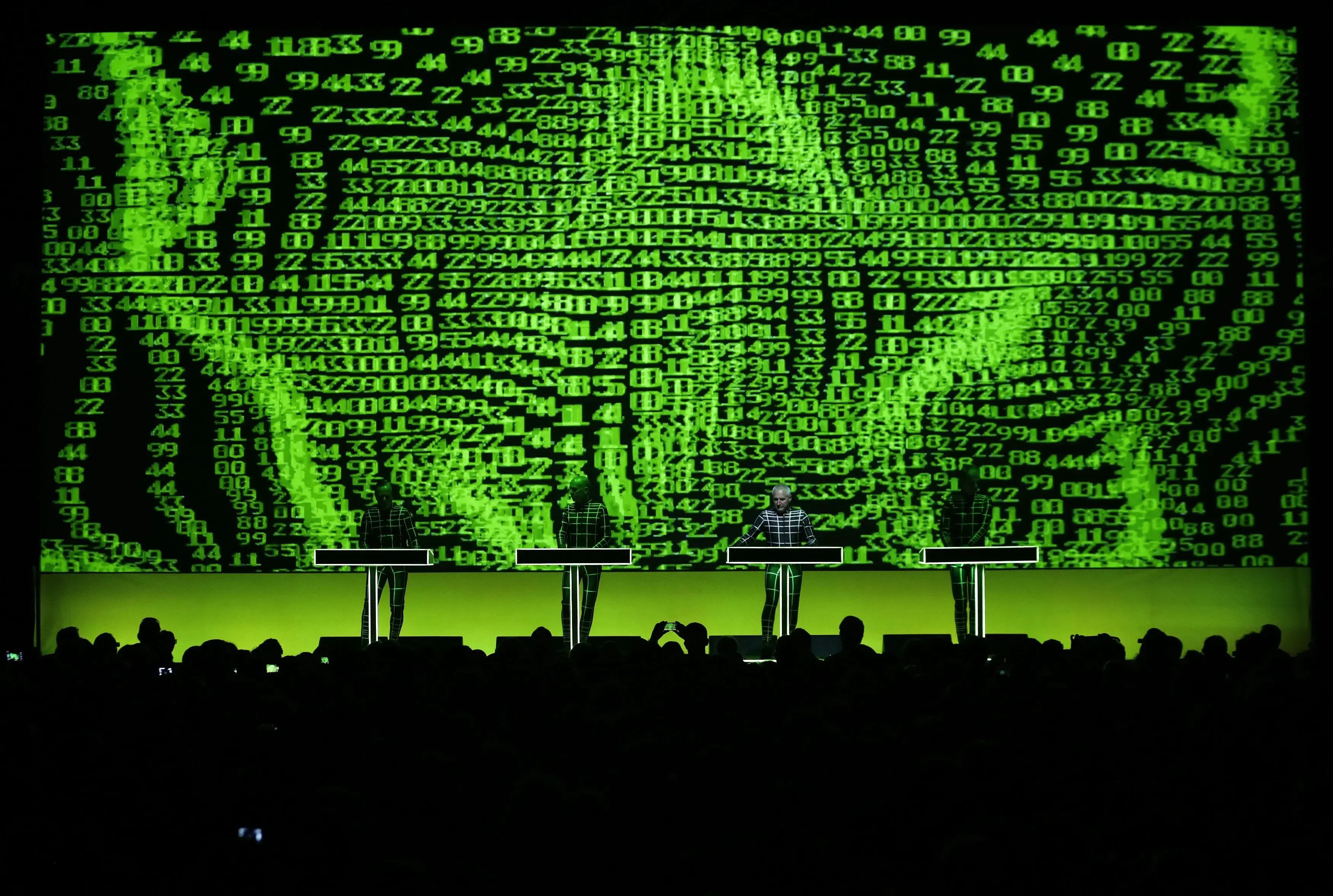f00f/eris
Here to follow content related to Star Trek, Linux, open-source software, and anything else I like that happens to have a substantial Lemmy community for it.
Main fediverse account: @f00fc7c8@woem.space
- 2 Posts
- 101 Comments
Going by their Mastodon account, seems they were erroneously detected as “from a US-sanctioned region” and it took too long for said error to be resolved, so they just made the switch.
I’m not a classic Linuxer (I switched in 2015) but I did once try Mandrake out of historical curiosity. From what I hear it was the recommended “beginner-friendly” distro before Ubuntu came out. And based on how hard it was to get working on a VM, I now understand why classic Linuxers talk about Ubuntu like it was this huge sea change.
It’s nice that major news outlets are saying what we nerds have been screaming for the past two decades. Microsoft only shares a small portion of the blame for the recent outage (they could have built their OS better so software vendors don’t feel the need to use kernel modules, but the rest is on CrowdStrike) but we are too depenent on them.

 2·1 year ago
2·1 year agoIf my American university has a system in place for students that don’t own Windows, I would not be surprised if yours has a better one :)

 38·1 year ago
38·1 year agoLibreOffice has opened every DOC(X) the school has sent me, albeit imperfectly, and all assignments are turned in as PDFs, which I usually make using Markdown and LaTeX. I have had to use Office 365 for collaboration, but only about twice a year, and that runs very smoothly in Firefox. On one occasion I tried to collaborate with CryptPad, but it didn’t work as well as I hoped.
Most computer labs at my uni run Windows 10, rarely 11, but a lot of the science labs run Linux. A surprising amount of the software required for classes has been open-source, too.
The most frustrating thing has been the lockdown browser used for some exams. My university library has computers I can borrow for exams, but yours might not, and they detect VMs, so you might have to dual boot for that.

 14·1 year ago
14·1 year agoFrom what I’ve heard uBlock Origin Lite only barely falls short of the ad-blocking coverage that regular uBO offers, so there will still be options for Chrome users after this happens, not to mention the multitude of alternative browsers and app stores for Android.
I still think that making Linux phones a viable alternative is very important, but it’s not significantly more important now than it was a month ago.
of course not!

 4·1 year ago
4·1 year agoI don’t have much PC building experience, but these specs seem sufficient. Only comment is that you might need to use a distro with a new-ish kernel and graphics stack, given the very recent CPU and GPU. So not Debian stable, but Fedora, Ubuntu, or any rolling release distro will be fine.

 14·1 year ago
14·1 year agoFor a while I daily drove a Purism Librem 14 with Debian’s fully free kernel, and installed as few non-free packages as possible, including firmware blobs (which I didn’t install any of until I decided I needed Bluetooth). My experience with gaming was generally fine.
With linux-libre you really have to buy your hardware specifically with support in mind. You’re limited to Intel and non-bleeding-edge AMD graphics cards, a very small range of wifi cards, and no Bluetooth. Otherwise, video games should work as well as they would on any other computers with the same specs. Especially if you’re also limiting yourself to games with free engines - I’m not aware of a single libre game that demands more than a modern Intel integrated graphics card can provide, even on high settings.

 4·1 year ago
4·1 year agoHandbrake will probably still work if you compile it from source, but it seems like upstream isn’t paying much attention to libdvdcss support.
The version in Debian’s repo still works for me, anyway.
Yeah, it’s fake, and as other commenters have pointed out, it’s also inaccurate to how the GPLv2 works. It was not meant to convince anyone.

 121·1 year ago
121·1 year agoI came across a bunch of those recently, which is how I came up with the idea for this, as a parody :)
Internet horror is disappointingly un-creative. I have no idea why the weakest works (sonic.exe, anti-piracy, kill screens) always end up becoming huge trends, or why so few people try to put a significant twist on said trends.

 762·1 year ago
762·1 year agoTons of companies are shipping Linux without giving users access to the source code, it’s just that only one has the term “Tivoization” named after it.

 1·1 year ago
1·1 year agoI’ll probably use Codeberg or another Forgejo server for my next programming project, if/when I have one that is far enough along to publish (motivating myself to get that far is a tall task). Until then, everything I’d consider contributing to is either on GitHub, or is self-hosting some other software, so I don’t have a reason to create an account yet.

 4·1 year ago
4·1 year agoIf you haven’t set up this laptop yet, then I’d suggest installing a server-oriented distro like Debian, AlmaLinux, or Ubuntu Server. Those have minimal install options that come without a desktop environment installed, as most servers do not need one. If you’d like to make the install harder for yourself, this might be a good excuse to give Arch Linux or Gentoo a try, as those have the option of a fully manual install. If you’d like, you can install a desktop environment afterwards using the package manager.
If you already have a Linux with a graphical desktop installed, you can configure the system not to automatically start it with
sudo systemctl set-default multi-user.target. (Do not do this on your main device!) You can re-enable it withsudo systemctl set-default graphical.target.Regardless, you can then start a graphical session using
startx, or whatever command is more appropriate for your desktop environment (gnome-sessionto start GNOME on Wayland,startplasma-waylandto start KDE Plasma), or bysudo systemctl starting your login screen manager (sddm, gdm, lightdm, etc).

 8·1 year ago
8·1 year agoNo modern AAA games have been released this way, but there is at least one game made specifically for libretro (Dinothawr) and a few other games that have been converted into “contentless” libretro cores (Cave Story, Mr. Boom, Rick Dangerous).
The games (or their engines/emulators) would have to be modified to use the libretro API for things like input, rendering, and sound. Though it doesn’t look terribly hard to program for, it does tie the game to RetroArch (or another libretro frontend) and possibly limit what the program can do.
I thought I’d also bring up Lutris, which is not only a libretro frontend but also a frontend for numerous other game platforms. It may not have the game console-like UI of RetroArch, but I think if you must have all games under one launcher, it’s the best you could hope for.
I’m currently on the RHCSA path myself, and I can tell you that the courses are not worth the thousands that Red Hat charges. There are plenty of unofficial video courses on YouTube and Udemy and study guides and practice tests on GitHub that are free or cheap, and other resources for every individual study topic, which will be good enough.
However, though I can’t speak from experience, it seems like the cert itself will look good enough on a resume to justify the investment of $500 and a month of studying.
Assuming you mean the Beelink S12 (which is the first thing that comes up in a search for “n100 mini pc”), that’s quite similar to my own computer specs, which can run just about any distro, with enough resources to spare for a VM or two. I don’t think it’s necessary to go really lightweight or pick something special. If there’s a distro you’re already familiar with and know you can do all of those things on, install that.
If you like Garuda, you could always try a different Arch spin which is lighter out of the box, like CachyOS or EndeavourOS.


Just as long as it isn’t a .rar.